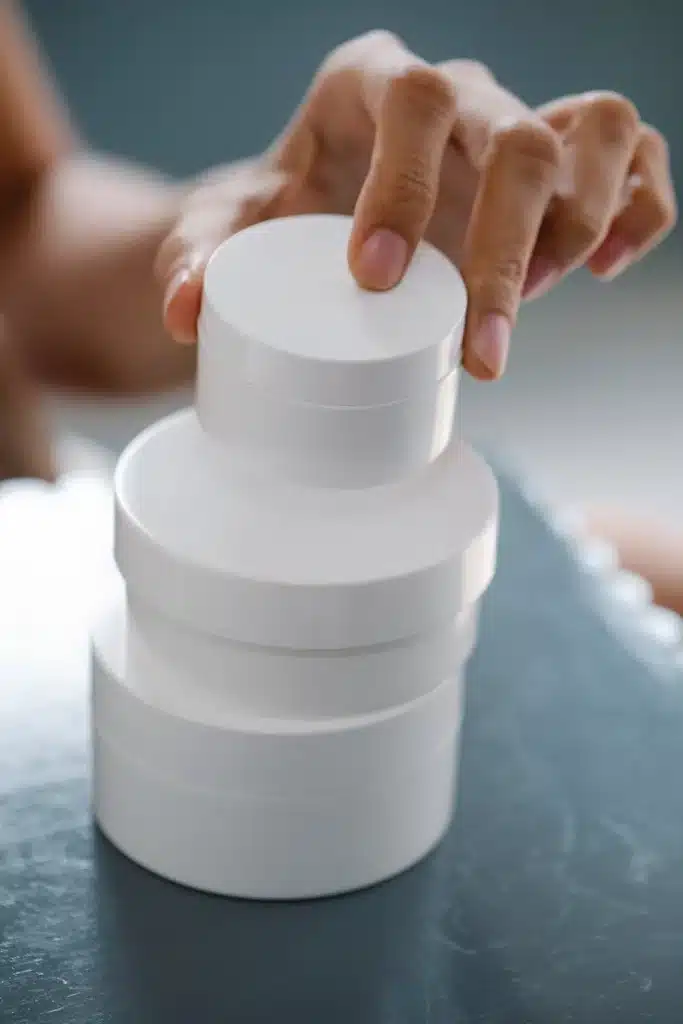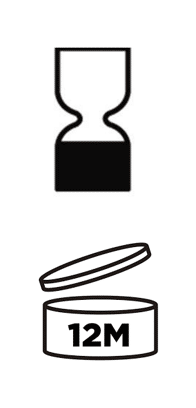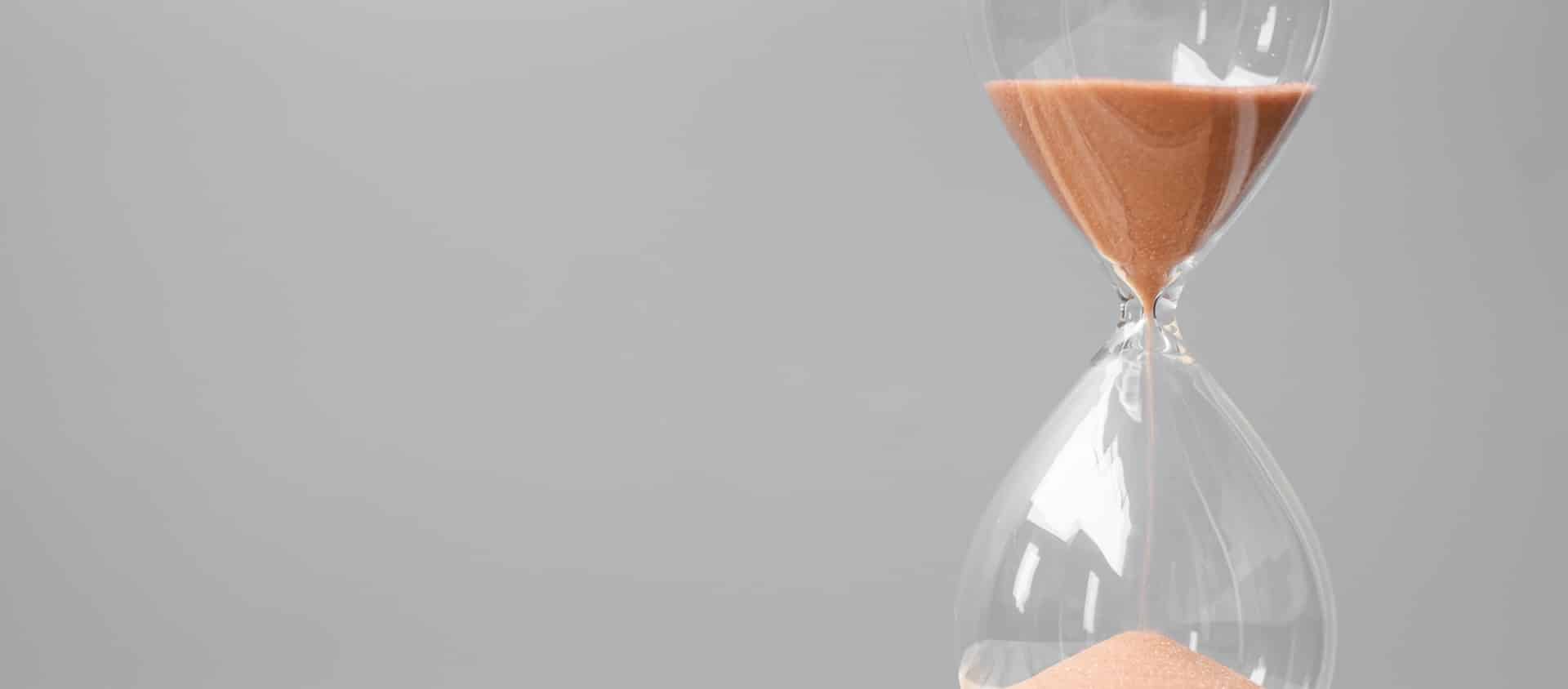In the era of “Conscious beauty”, the shelf life and expiration date of cosmetics is an important issue for many brands. Here is a comprehensive compliance guide on this topic.

EU context: PAO VS Expiration date
According to the EU Cosmetic Regulation, art. 19 (c), it is stated that “Indication of the date of minimum durability shall not be mandatory for cosmetic products with a minimum durability of more than 30 months. For such products, there shall be an indication of the period of time after opening for which the product is safe and can be used without any harm to the consumer”
From this article, we notice that there are two options to mention an expiry date on the label:
- The expiration date: this is the limit date by which the product is still valid, used or not by the consumer.
- PAO: this is the Period After Opening, that in practice means how long people can use the cosmetic product after opening and using it for the first time.
Two scenarios…
Therefore, there are two types of scenarios.
- If the product passes the stability test, it is generally acknowledged that the product’s shelf life is equal to or more than 30 months and therefore the product is eligible for a PAO instead of an expiration date. This doesn’t mean the PAO is 30 months (shelf life and PAO are two different things) but that the PAO (in months) must then be calculated based on other parameters. During the safety assessment and registration process of a “classic” cosmetic product, Biorius does this calculation and gives you the PAO period.
- If the product registers variations and changes during the stability test, it could be concluded that the minimum durability is below 30 months, in this case PAO is no longer acceptable and you must display the date of minimum durability. If the stability is severely in doubt and depending on the reasons, the product might need to be reformulated.

When the stability and challenge (Read our interesting article about testing here) test results are known and we know the product is eligible for a PAO, in order to determine the value of the PAO (3,6,9,12,18,24 months), our experts take other parameters into account, including:
- the water content of the product
- has a preservative efficacy test been performed? * please note that this is required unless exempted
- the frequency of use
- rinse-off / leave-on product
- targeted population
- exposure area
- storage conditions
- etc.
In principle, the final PAO is rounded to be a multiple of 6. Even if this is not an “official” rule or standard, it’s a common practice across the cosmetic industry.
…and some exceptions
It must be borne in mind that for some products the PAO is not relevant. For example:
- Single use products;
- Products where the packaging does not allow physical opening of the products, as it is the case for products presented in containers where there is no possibility of contact between the product in the container and the external environment, such as aerosol dispensers, airless containers…;
- Products with a low microbiological risk such as those with: pH≥10.0, pH≤3.5, high alcohol content (e.g. perfumes, eau de cologne, …)
And on the label?
Again, there are two scenarios:
- If the date of minimum durability is applicable, you must use the “hourglass symbol” reported in the Annex XII of the Cosmetic Regulation. Or you could also use the words “‘best used before the end of’”, but bear in mind that the sentence must be translated in the language of the country where the product will be marketed.
- Instead, if the PAO is applicable, you must show the open-jar symbol (reported in the same Annex VII) followed by (or containing) the period in months:

Expiration date of cosmetics: What about the US?
According to the FDA, “there are no U.S. laws or regulations that require cosmetics to have specific shelf lives or have expiration dates on their labels. However, manufacturers are responsible for making sure their products are safe.”
In addition to the fact that the FDA considers the expiry date to be the responsibility of the supplier, OTC drugs must be stability tested and labelled with an expiry date.

Hanna Gharbi
Business Development Representative

